This article was contributed by Abby Baker.
In order for any company, organisation, or individual to successfully engage with its target audience, a good understanding of the power of branding is essential.

Not only will it help make your message a lot more palatable to its recipient, but by giving yourself or your organisation a reliable and dependable character, a good brand can ensure a healthy and long-lasting relationship between you and your audience.

As discussed in previous posts, there are many ways that you can establish a solid and successful brand identity. Aesthetic design and visual graphics like logos or colour schemes can have a dramatic effect.
“It takes only one tenth of a second for us to make up our minds”. – The Guardian
So understanding how your firm exists in context with other competitors is also key to developing your brand concept.
In this article however, we’re going to focus on how language can play a pivotal role in how your audience perceives your brand. Whether it’s an up-and-coming online pokies company or even a globally-established coffee firm, or simply developing your own personal brand, the vocabulary, grammar and tone of the language used will be incredibly important.
Language considerations
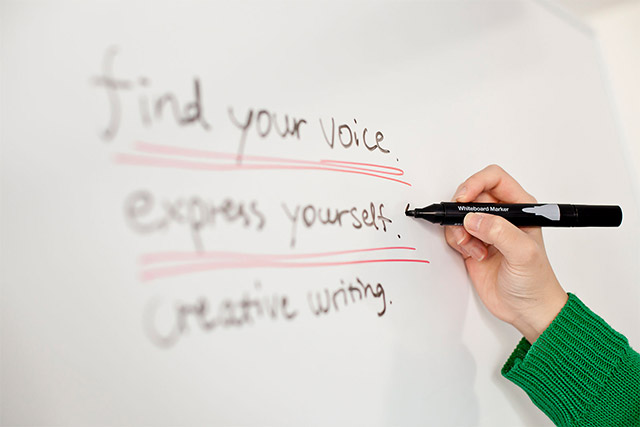
Though many of us are aware that we change our language in accordance to who we are speaking to, the extent of this, or reflection on its impact might not be so common for all. In a similar fashion, as we adopt a different tone when speaking to a colleague compared to a close friend, when building your brand it’s a good idea to think about how you want yourself or your organisation to be perceived.
For example, the soft drink Shloer adapts its vocabulary to cater towards its female-focussed audience by adopting the tone of a personal blog through phrases such as ‘jazz it up’ and ‘get cosy’. Whereas the media production company Avid use a more formal language with technical terms and acronyms that assume a sense of shared technical knowledge with its hardcore audience.


Having a good understanding of your target audience is therefore key to deciding what rhetorical style to adopt. Obviously language choices ought to be in accordance with any locale-specific disparities. The Lucky Nugget Casino firm serve as a good example. They apply this technique when carefully foregrounding the word ‘pokies’, as Australians call slots pokies, in their online communications so that any potential gamer can easily find their range of pokies games whether searching online or even just navigating the site’s range of casino games.

So for you, whether you’re in start-up, or wish to further your personal brand, the key lies with the audience and so you should evaluate how to reach them and how you balance your topics. A useful tool is Mention. This tool helps you identify who talks about you or your company. They also have a free trial for you to explore before making up your mind if this provides you the insight you need. By using Mention you can easily learn more about how your audience perceive themselves, you, and what you focus on.
Consistency
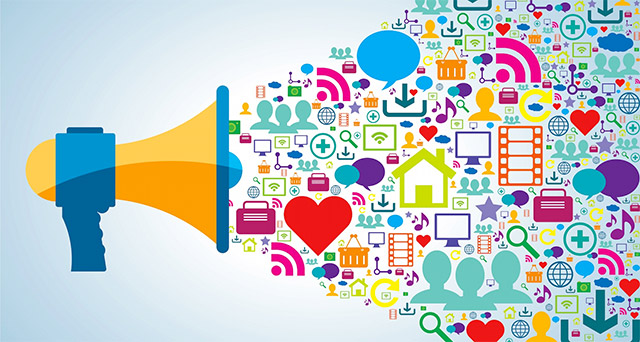
It is, however, not just formulating a brand language that’s important. To ensure that such language is made consistent across the range of communications and media channels can prove essential too. This is because a degree of inconsistency can cause an element of distrust in the audiences, and because of this it’s an idea to make sure that any language used is sustainable regardless of the occurrence. Otherwise, it can be interpreted as a break in character.
So whilst overly informal language might be useful when announcing a sale or promotion, by suddenly having to switch the tone of language for PR purposes, it can create inconsistency which will only have a detrimental effect on the brand formulation.
A good example in regards to consistency is how you approach different media. Consistency & personality are key.
Using various social media, websites, and so forth, does demand a different usage to connect with your audience. However consistency comes into play to ensure that all channels portray the same side of the same story providing you with more solidity to make what you’re saying more tangible.

So whether it’s the BBC ensuring that all of their journalists adopt the same tone through the BBC Academy website, or even just lifestyle blogs such as Oh Joy creating and sustaining a more informal style, having a consistent tone is essential to ensuring that your brand stays credible.
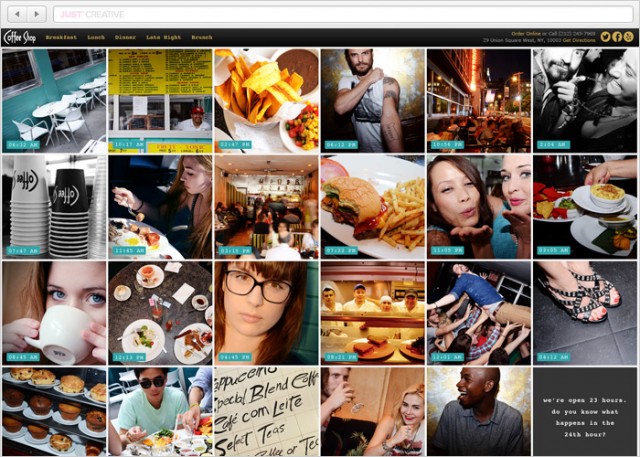
For example, if you are recommended to eat at a restaurant by a friend and when you get to this restaurant the food is far from being as nice as your friend portrayed – what essentially has happened is that the food (what the brand actually offer) is inconsistent with what you expected (the brand promotion), and it therefore has a negative effect on your later associations to that particular restaurant (the brand).
Luckily, through social media & communication, brand promotion is more direct than ever before – which allows your audience to form their expectations from you directly, rather than primarily through third parties.
Brand Personality

The creation of a brand personality is achieved through the successful implementation of the above points of language consideration and consistency across an array of communicative platforms.
Let us do a little thought experiment – Imagine the very popular site Uberfacts and its corresponding Twitter feed as a person. Who is it? What characteristics does s/he embody? For many, they would appear in your imagination as the know-it-all class clown, always at the ready to provide the most entertaining and strange facts.
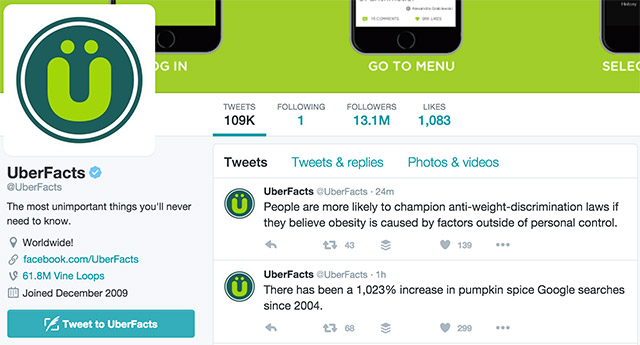
The central aspect of creating a brand personality should be that it provides your organisation with an almost tangible personality. The American coffee chain Starbucks have had a great deal of success in generating a personality that is well-suited to its products.

Not only does it use language that is both knowledgeable and friendly, but by conducting an array of ancillary operations such as releasing music from respected artists and pioneering eco-friendly endeavours, it manages to present itself as being a company that is both hip and considerate.
You can probably remember being at Starbucks, ordering a fancy latte, and then receiving it with «your name» scribbled on the cup. It provides a moment’s pause, you laugh to yourself at how they could possibly misspell Jack, and might even post it on Instagram. In that little minute of informal interaction the elements of humour, service, and interaction all occur. In the same way that Starbucks can follow the general pattern of information and data surrounding their hashtag – so can you inform yourself to themes directly relevant for you or your business on Twitter, Instagram and so on.
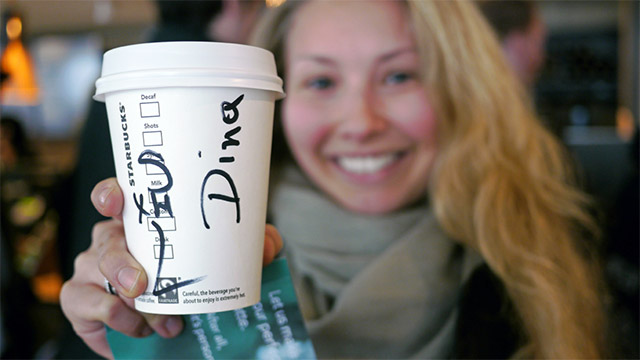
Having already identified your audience, the next step is to monitor their activity as to allow your brand’s personality to fit your desired target. So if you’re operating the event management of a club or bar, having a feeler out registering what’s on in the neighbourhood, and surrounding areas is a good place to start your planning.
For you to do this efficiently a good tool would definitely be Tweriod or Buffer, which allows for effective analysis of when it’s most beneficial for you to spread your message. By using the information you’ve gathered from Mention, creating and establishing your brand’s language, consistency, and developing its personality, using Tweriod or Buffer allows for a greater sense of piercing the social media noise now that you are on point with your target.

What can we take away from this?
So before you and your organisation next communicates to its audience via email, social media or even in person, be sure to consider the language used in terms of tone and vocabulary.
The examples used that range from firms providing games of pokies, to soft drinks manufacturers aiming to provide a comforting feeling to their beverages demonstrate that you can never be too careful in thinking about your language choices, as the 21st century’s open communication provides great opportunities to communicate intimately with an ever-growing audience.
If you are in a position to play around with the tools mentioned, I recommend it – as it will allow you to gain further insight to you, your brand, your competition, and your interests.
Read on here to see 20 start up marketing strategies that always work and more copywriting tips.
great tips.
thanks for sharing 😀
All of these tips are great, that’s very interesting. I’m so tempted to try that myself, but you would think if it were effective, more people would do it.
Hi Jacob!
Great tips and examples. Really excited to see Mention being included. Thank you so much, this really made our day.
Patricia
Community & Customer Success @mention
Well then I was so wrong thinking branding is mostly about the image and how you present yourself visually, not verbally… My bad
Thanks for the information…. really great article. keep posting this kind of stuff.
Post Nice!!!
Thank you for this great artical, and all I just know is that inspiring personality expert is better than all, or walk alone, thank you once again and keep it up
nice post
Knowing your audience is really a first stage of every business. Each customers group hear and accept information in its individual way. And it’s quite important that by means of social media & communications we can talk to them directly. Thank you for great tips and such tool as Mention!